First Drive: The fantastic Hyundai i30 N is here to shake up the hot hatch market
The South Korean car maker has never built a performance model before. Darren Cassey headed to Italy for its debut

What is it?
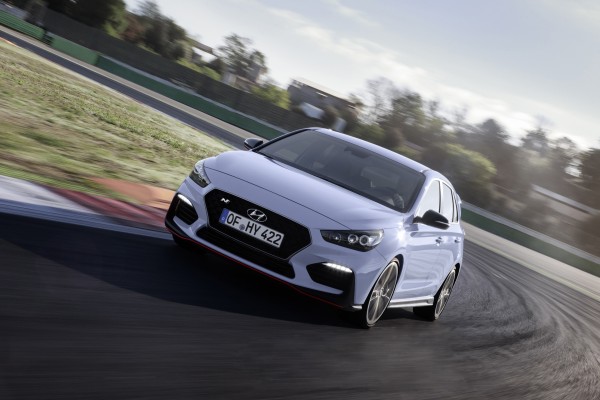
The i30 N is the first performance model ever produced by Hyundai. It introduces the ‘N’ branding that’s been on the South Korean car manufacturer’s motorsport models for a few years now into the road car market.
It’s entering the fiercely contested hot hatch segment currently dominated by the likes of the everyday-usable Volkswagen Golf GTI and Seat Leon Cupra, which it is priced to tackle head-on. There’s an entry-level model as well as a Performance variant, which gets more power and extra kit – and at £27,995 looks like a potential lower-cost alternative to so-called mega hatches such as the Honda Civic Type R
What’s new?
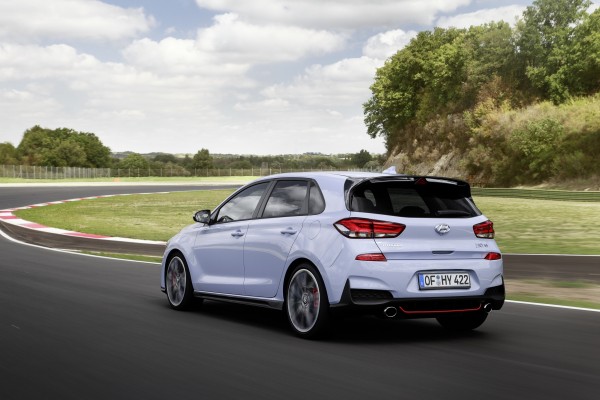
Based on the i30 hatchback, the N has all the practicality of the standard car. However, under the skin the changes are wholesale – in the words of Albert Biermann, head of Hyundai’s performance division, they didn’t just “put a big engine in and be done with it”.
The chassis has been strengthened to improve handling, there are aerodynamic devices on the exterior and beneath the car to improve downforce and cooling, and the gearbox has been overhauled to offer a snappier response. Talking us through all the changes took nearly two hours, so we’ll spare you too much detail…
What’s under the bonnet?
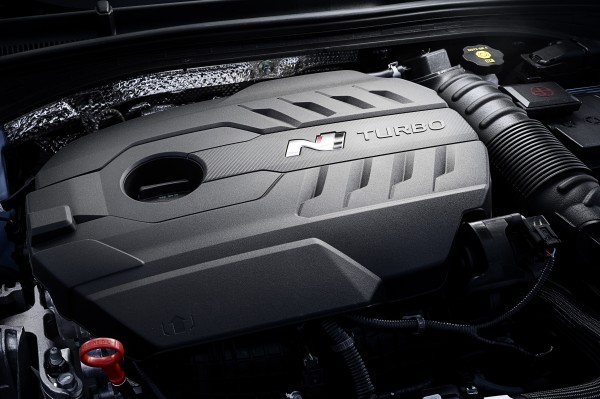
In the top-spec Performance model, the 2.0-litre turbocharged petrol engine makes a healthy 271bhp and 353Nm of torque (which increases to 378Nm for up to eight seconds at full throttle). This puts it on a par with its rivals but some way short of the £30,000-plus hot hatches for which 300bhp has become the norm.
Fortunately, thanks in part to that overboost system, you’re never left wanting for performance. Zero to 60mph comes in 5.9 seconds and thanks to a launch control system that’s totally achievable. Out on the road and, particularly in the N driving mode, throttle response is sharp, with the engine pulling from low in the rev range.
What’s it like to drive?
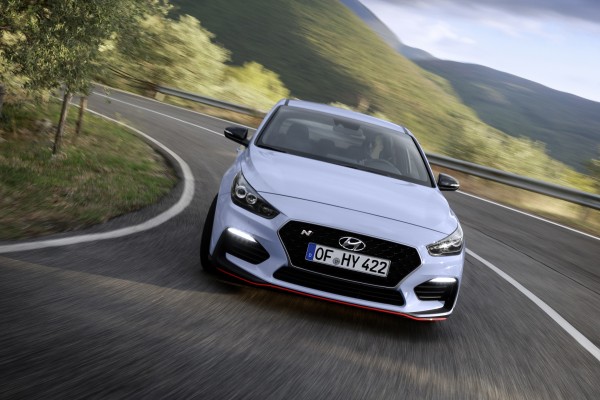
There are various drive modes controlled via a couple of switches on the wheel. Normal and eco feel rather pointless as sport is fine for most circumstances out on the road – the crumbling tarmac on our Italian test route highlighted a stiffly sprung car that quickly settled.
However, flick the switch to N and the car comes alive – throttle response is immediate and the needle charges through the tachometer at a ferocious pace. Pops and crackles from the exhaust add extra theatre here, too.
There’s also a ‘custom’ option that lets you fine-tune various aspects of the car’s set-up, but with 1,944 possible combinations it feels like unnecessary complication in a supposedly “approachable” car.
We also tested the car on track at Vallelunga near Rome and it felt in its element. The limited-slip differential put power through the front wheels with little fuss, while hard braking brought out its playful side with a wiggle from the rear. Highly impressive stuff.
How does it look?
Hyundai has spent a lot of research and development time on improving the aerodynamics of the i30 to give the N model more downforce. To our eyes, it treads a fine balance between giving the standard car a more purposeful appearance and going wild with spoilers and wings everywhere.
Where it could perhaps be considered left wanting is the image the badge portrays. This being Hyundai’s first performance car, there’s little cache in the N branding outside of hardcore motorsport fans – though if this first effort is anything to go by, that won’t be true for long.
What’s it like inside?
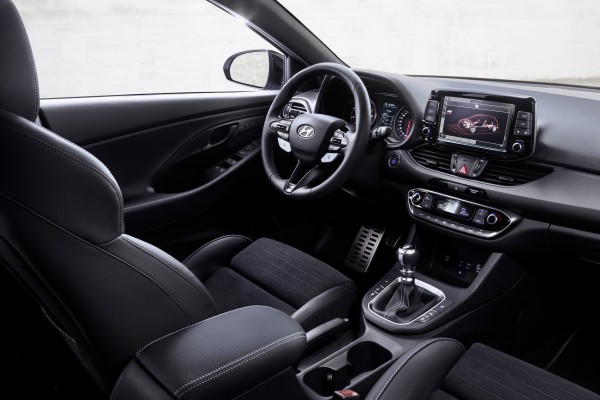
Hyundai has moved its game on dramatically through the latest iterations of its cars, meaning its interiors aren’t far behind more established European rivals. However, it’s not quite there yet, with some of the switchgear feeling old school and the infotainment system – particularly the hopeless satellite navigation system – regularly frustrating.
However, N-specific extras such as the steering wheel and sports seats are welcome additions, the latter offering excellent lateral support at the hips and shoulders so you don’t move about too much in hard cornering.
What’s the spec like?
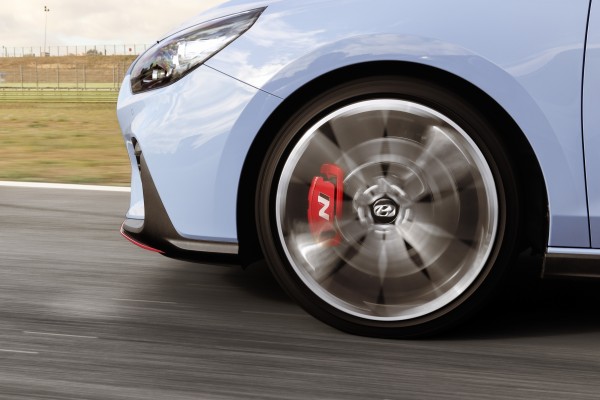
Whether you go for the Performance or the £24,995 entry-level model, there’s a decent level of standard equipment such as an eight-inch touchscreen, LED lights all round and adaptive cruise control.
The Performance model starts from £27,995 and gets even more kit – of particular interest is the electronically controlled limited-slip differential, which helps the engine put its power through the front wheels, 19-inch alloy wheels with sticky Pirelli P-Zero tyres, and leather and suede upholstery.
Verdict
It’s very easy to underestimate the i30 N. Hyundai has totally transformed the character of the rather dull standard car to create a cracking, totally worthwhile entrant to the bloated hot hatch market.
The South Koreans clearly didn’t want to just make up the numbers here and have instead created a fantastic car that’s pitched beautifully between the fast-but-dull Volkswagen Golf GTI and the riotous, extrovert Honda Civic Type R.
All this, and it comes with a five-year, unlimited mileage warranty. As far as debuts go, the Hyundai i30 N has played a blinder.
Facts at a glance
Model: Hyundai i30 N Performance
Price as tested: £27,995
Engine: 2.0-litre four-cylinder turbocharged petrol
Power: 271bhp
Torque: 353Nm
Max speed: 155mph
0-60mph: 5.9 seconds
MPG (combined): 39.8
Emissions: 163g/km





